10 Simple Solutions to Fix an iPhone That Won’t Power On
Experiencing issues when your iPhone fails to power on can be incredibly frustrating. However, you’re not in this alone, and many of the underlying problems can be resolved without the need for a visit to an Apple store. This comprehensive guide will provide you with various troubleshooting methods to help you revive your inactive iPhone.
When your iPhone won’t start, it may feel like you’ve hit a brick wall, but there’s no need for alarm. Common culprits like software malfunctions, a drained battery, or hardware issues can often be addressed easily. Let’s take a closer look at frequent reasons for your iPhone’s unresponsiveness, along with actionable solutions you can try.
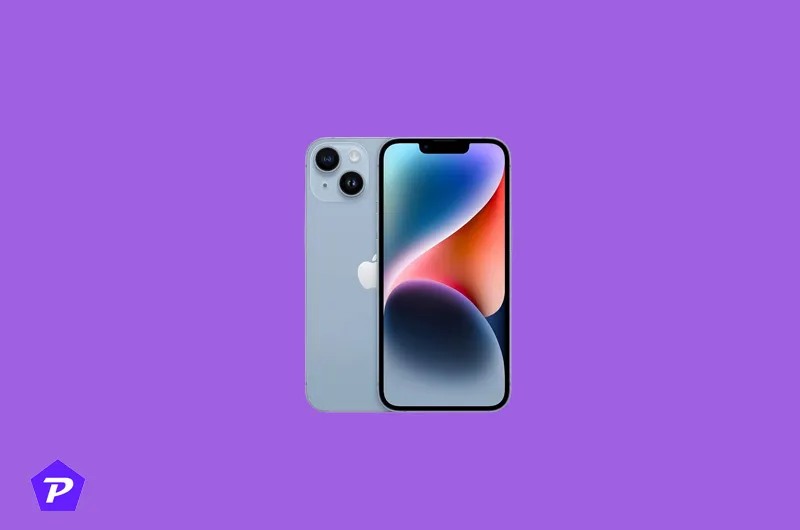
Common Reasons for iPhone Unresponsiveness
There are several potential explanations for why your iPhone may fail to power on, including:
- Empty Battery: A completely drained battery is the most prevalent cause.
- Overheating: Excessive heat can lead your iPhone to shut down automatically for safety reasons.
- Software Glitches: An error in iOS could freeze your device, rendering it unresponsive.
- Hardware Issues: Damage to the screen or internal components might stop your phone from turning on.
1. Allow Your iPhone to Cool Down
Your iPhone may shut down if it has been subjected to high temperatures to avoid potential harm. An overheating device may become fully unresponsive or display a warning like, “iPhone needs to cool down before you can use it.”
How to Resolve It:
- Relocate your iPhone to a cooler, shaded area.
- Avoid placing it in overly cold environments, such as a freezer, as this can lead to moisture accumulation and further damage.
After allowing your device to cool down, attempt to turn it back on. If overheating was the issue, it should now function normally.
2. Charge Your iPhone
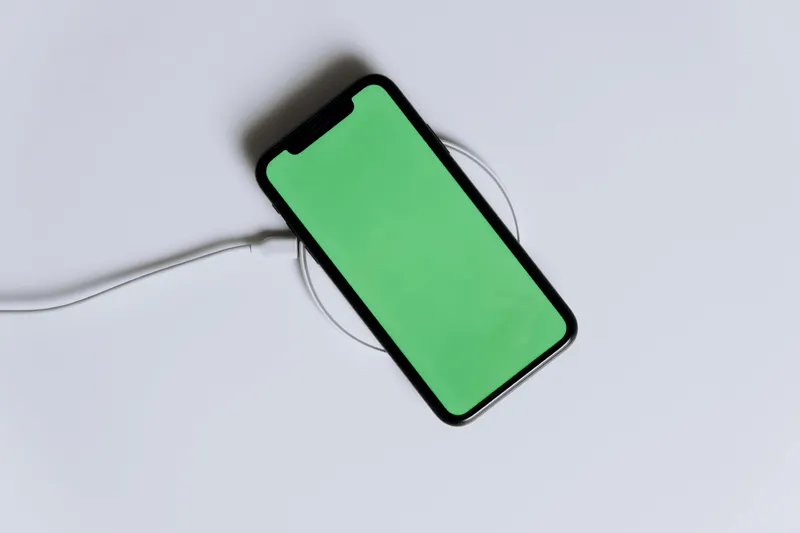
Image Credit: Pexel
A non-responsive iPhone could simply be a result of a fully depleted battery. If you notice that the device shows no signs of life, plug it into a power source and allow it to charge.
Charging Steps:
- Utilize the original Lightning or USB-C cable along with the accompanying wall adapter.
- Connect your iPhone to the charger and let it charge for at least half an hour.
- If there’s no charging indication, consider trying a different cable or adapter.
Even if the battery has fully drained, your iPhone should eventually display a charging icon and power on after gaining some charge.
3. Inspect Your Charging Cable
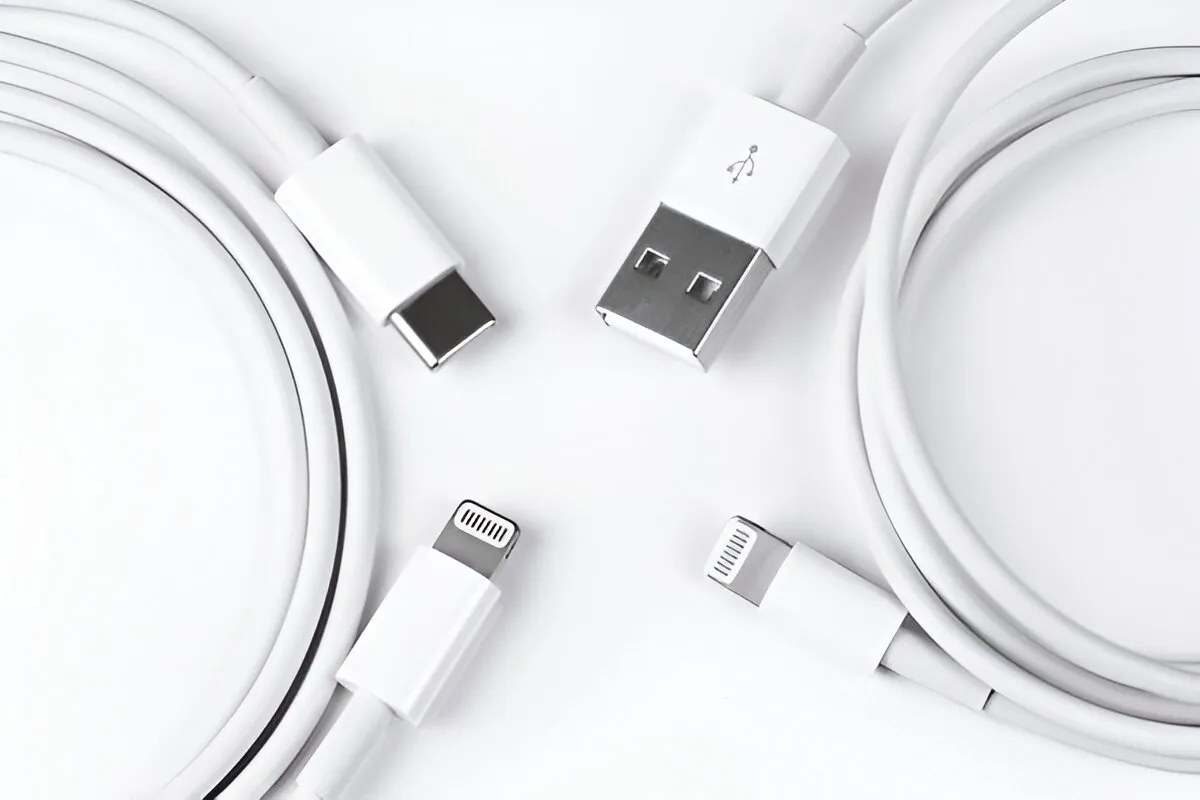
Image Credit: ShutterStock
If your iPhone fails to respond when connected to a charger, it might indicate an issue with the charging cable or adapter.
Steps to Take:
- Inspect the cable for any visible signs of damage, such as fraying or breaks.
- Test a different Lightning or USB-C cable to see if the problem persists.
- Check the wall adapter to confirm that it’s working properly.
Faulty cables are common, so using an alternate one can help diagnose the issue.
4. Force Restart Your iPhone
A force restart can rectify numerous issues, particularly if your iPhone is stuck on a black screen, in a boot loop, or unresponsive due to a software error.
Force Restart Instructions:
- iPhone 8 and newer: Quickly press and release the Volume Up button, followed by the Volume Down button. Finally, press and hold the Side button until the Apple logo appears.
- iPhone 7/7 Plus: Simultaneously press and hold the Volume Down and Side buttons until you see the Apple logo.
- iPhone 6S and earlier: Press and hold the Home and Side buttons together until the Apple logo shows up.
A force restart can often solve many unresponsive problems without any data loss.
5. Restore Your iPhone Through a Computer
If a force restart isn’t effective, consider restoring your iPhone using a computer via Finder (macOS) or iTunes (Windows).
Restoration Steps:
- Connect your iPhone to your computer using a USB cable.
- Launch Finder or iTunes and select your device.
- Choose Check for Update or Restore iPhone to either update or reinstall iOS.
Restoring through your computer can resolve underlying software complications.
6. Enter Recovery Mode
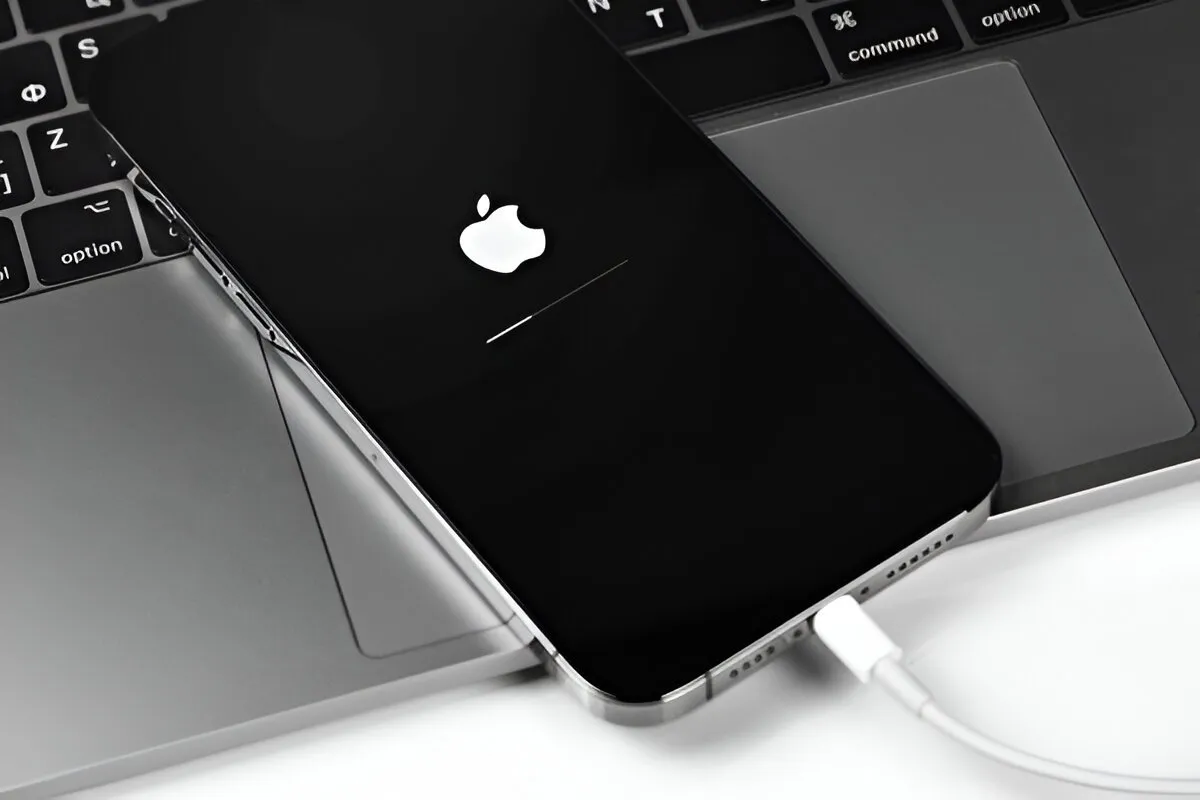
Image Credit: ShutterStock
In cases where your computer fails to recognize your iPhone, entering recovery mode may be necessary for restoration.
Steps to Access Recovery Mode:
- Attach your iPhone to a computer.
- Follow the force restart instructions, but keep holding the buttons until the recovery mode screen appears.
- Select Restore in Finder or iTunes to initiate the process.
Using recovery mode reinstalls iOS but will erase all data, so it should be a last resort.
7. Update or Restore in DFU Mode
If recovery mode does not work, utilizing Device Firmware Update (DFU) mode is your final software troubleshooting option.
DFU Mode Instructions:
- Connect your iPhone to a computer.
- Follow a series of button presses unique to your iPhone model.
- Your screen should remain black to indicate that DFU mode is active.
DFU mode allows firmware updates or restores, solving persistent software issues.
8. Consider Battery Replacement
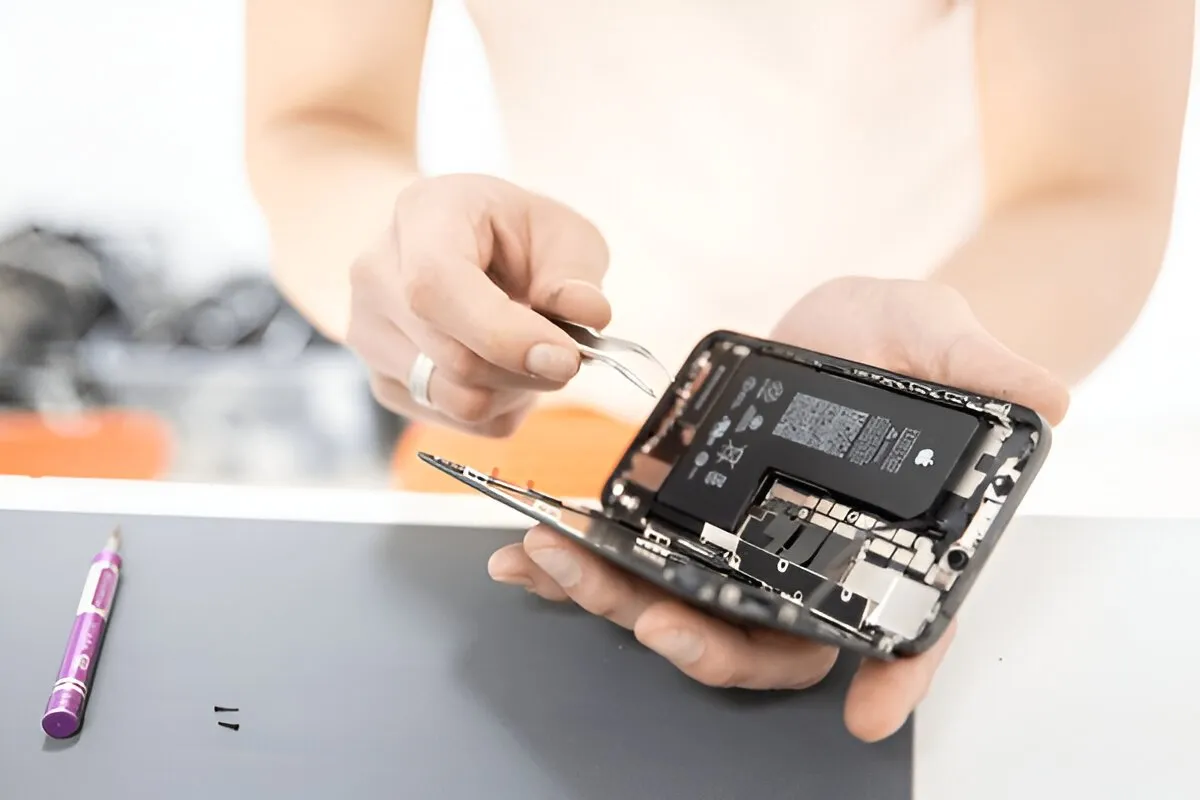
Image Credit: ShutterStock
If your iPhone remains unresponsive after attempting the previously outlined solutions, the battery might need replacing, especially in older units.
Steps to Take:
- Reach out to Apple for battery replacement services, particularly if the device is under warranty.
- Alternatively, you can visit a reliable third-party repair shop.
Swapping out the battery can revitalize your phone’s performance.
9. Assess for Physical Damage
Should your iPhone fail to power on and exhibit any signs of physical harm, like a cracked screen or water damage, these factors could be responsible for its unresponsiveness.
Indicators of Physical Damage:
- Flickering or impaired display.
- Noticeable cracks or indentations.
- Evidence of water exposure.
If you observe any of these signs, your best option is to repair or replace the damaged parts.
10. Professional Repair Options
If none of the above suggestions yield results, your iPhone may have more severe hardware issues.
Recommended Steps:
- Schedule a visit to an Apple Store or certified service center for a professional assessment.
- Weigh the cost of repairs against the value of replacing your device.
Professionals are often able to ascertain whether your iPhone is worth repairing.
When to Seek Help from Apple
If your iPhone still refuses to power on despite attempting these troubleshooting steps, visiting an Apple Store for further evaluation is advisable. The technicians there can accurately diagnose the issue, whether it’s a malfunctioning component or an advanced software repair that’s required.
Tips to Prevent Future Issues
To avoid similar problems in the future, consider the following preventive measures:
- Keep your iPhone away from extreme temperatures.
- Always use original charging accessories.
- Regularly update your software.
- Handle your device with care to avoid physical harm.
Final Thoughts
Although it can be alarming when your iPhone won’t power on, these troubleshooting tips can often help you resolve the issue on your own. From force restarting to considering a battery replacement, a variety of solutions are available to get your phone functioning once again.
Images Credit: Pcmobitech.com